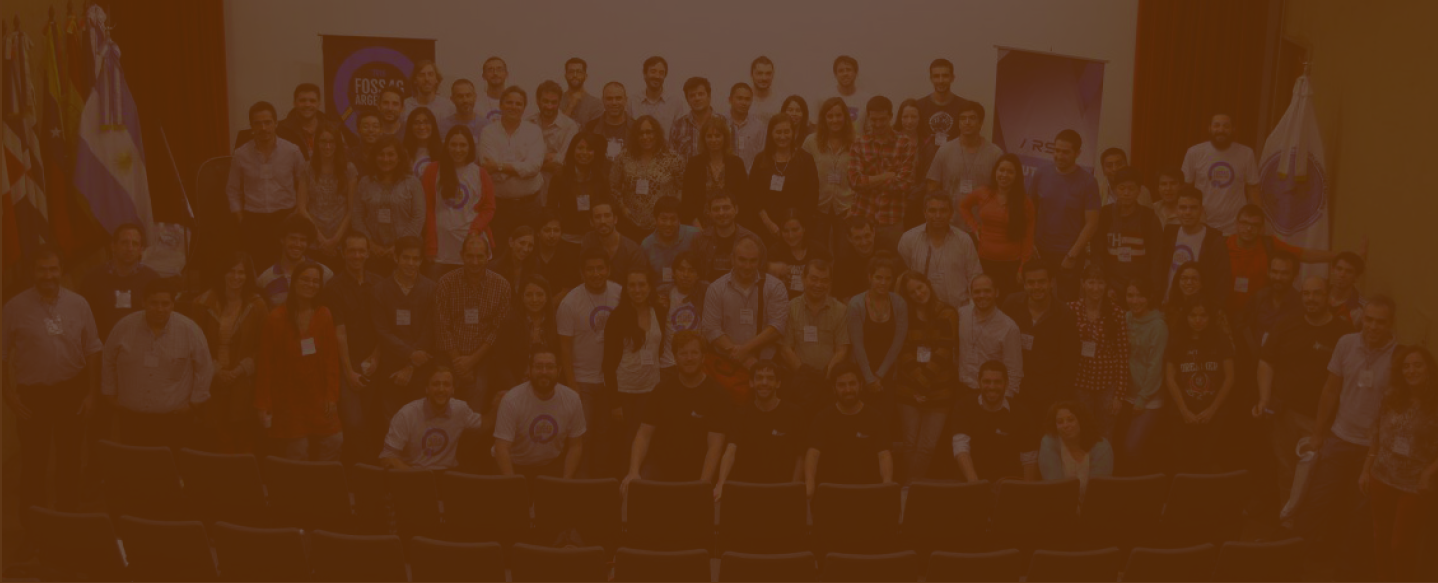2021-09-29, 14:30–15:00, Córdoba
This workshop is ideal for someone who has recently started using python and exploring the possibilities of it in the GIS industry. This is the beginning of complex spatial scripting
Since almost all industries are more or less connected to Location and mapping, it is important to spread awareness and literate developers to understand different aspects of the GIS (Geographic Information System) industry.
The first Part of this series focuses on different GIS Data types and how to read them, This includes understanding different data formats such as Shapefiles, GeoJSON, WKT, CSV, TIFF, GeoTIFF, etc.. Users can actually read such files on their computers and be familiar with them.
The second part of this series focuses on geospatial analysis with python. Users will first practice working with some core GIS functionalities using GDAL and OGR on the terminal (and later in python). After this, users will be familiarised with the most widely used geospatial python libraries such as pandas, geopandas, fiona, shapely, matplotlib, PySAL, rasterio.
Complete Series is divided into the following sub-topics :
1. Introduction and Installation of all Geospatial libraries in computer and in python environment
2. Working with GDAL and OGR capabilities
3. Spatial Operations and Relationships
4. Vector data analysis and visualization
5. Raster Data analysis and visualization
6. Working with Interactive Map in a python notebook
Pre-requisite for this workshop:
1. Basic knowledge of python
2. Basic knowledge of GIS and GIS Data formats
Access more detailed information at :
https://github.com/krishnaglodha/foss4g-2021
Krishna Lodha
Requirements for the Attendees –Anaconda env - https://www.anaconda.com/products/individual
Track –Use cases & applications
Topic –Data visualization: spatial analysis, manipulation and visualization
Level –2 - Basic. General basic knowledge is required.
Language of the Presentation –English
Hello, world!
I'm Krishna, I am a Freelance GIS Developer. Most part of my day goes into thinking about how can I make more complex GIS applications using nothing but a cup of coffee and Open-source technologies

